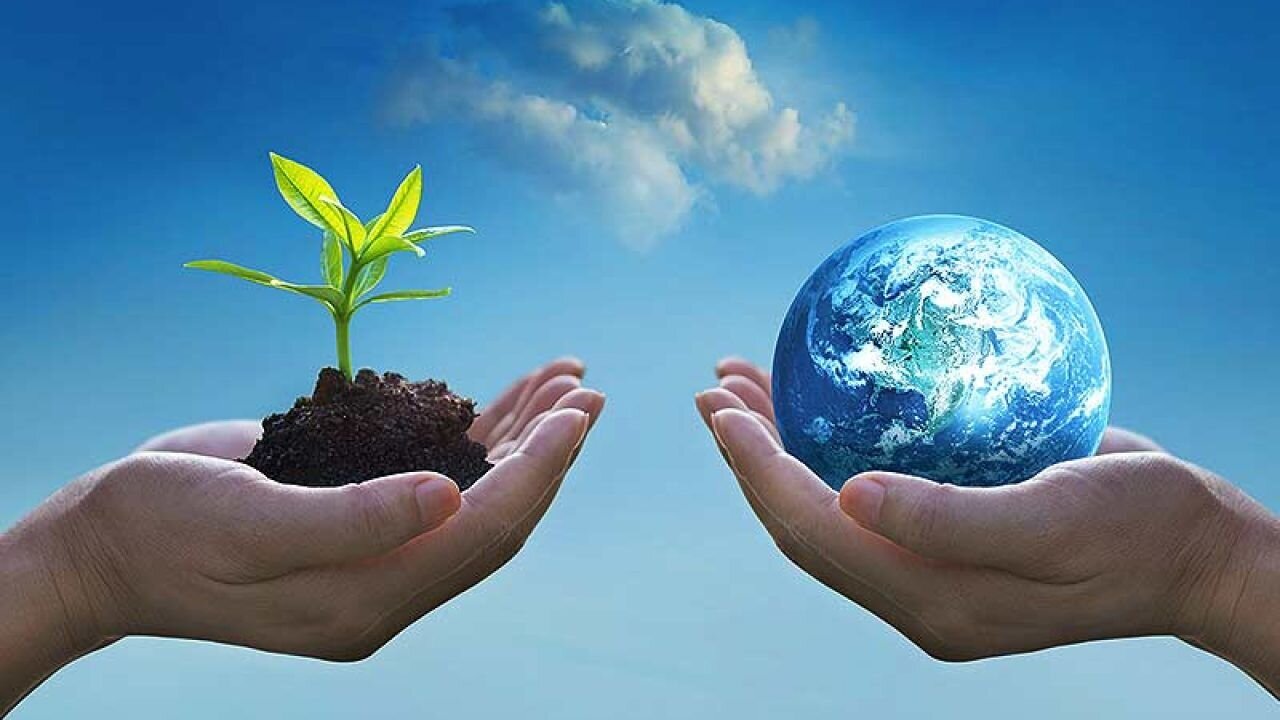From agreement to action: build back biodiversity

TEHRAN - The United Nations has proclaimed May 22 the International Day for Biological Diversity (IDB) to increase understanding and awareness of biodiversity issues.
When first created by the Second Committee of the UN General Assembly in late 1993, 29 December (the date of entry into force of the Convention of Biological Diversity), was designated The International Day for Biological Diversity.
In December 2000, the UN General Assembly adopted 22 May as IDB, to commemorate the adoption of the text of the Convention on 22 May 1992 by the Nairobi Final Act of the Conference for the Adoption of the Agreed Text of the Convention on Biological Diversity.
This was partly done because it was difficult for many countries to plan and carry out suitable celebrations for the date of 29 December, given the number of holidays that coincide around that time of year.
To mark this incredible and historic achievement, the proposal for this year’s theme is: “From Agreement to Action: Build Back Biodiversity”
This theme builds on the results of COP 15. Now that the world has the Kunming-Montreal Global Biodiversity Framework (agreement), the focus must quickly shift to its implementation (action).
Signed by 150 government leaders at the 1992 Rio Earth Summit, the Convention on Biological Diversity is dedicated to promoting sustainable development.
Conceived as a practical tool for translating the principles of Agenda 21 into reality, the Convention recognizes that biological diversity is about more than plants, animals, and microorganisms and their ecosystems – it is about people and our need for food security, medicines, fresh air and water, shelter, and a clean and healthy environment in which to live.
Biodiversity in Iran
April 4 has been named the day of preserving genetic and biological resources in Iran. The occasion coincides with the establishment of the National Center for Genetic and Biological Resources in 2015.
Undoubtedly, the outlook and perspective of experts and people towards the issue of genetic and biological reserves have changed over time.
In the meantime, society always faces the challenges of an adequate and sustainable supply of housing, food, and health, and the government must plan for meeting the requirements.
If we want all members of society to have access to these three essential needs, there must be confidence in maintaining the resources.
The current generation should be able to hand these resources to the next generation.
The issue of climate change is known as a super challenge. Climate change can overshadow the life of a plant or animal specimen, and some plants or food sources may not be available in the future due to drought, heat, or any other factor.
The lower the number of genetic reserves, the more difficult it will be for planning management. In such a situation, the role and importance of biobanks and gene banks become apparent.
To preserve the existing biodiversity over the wide geographic expanse of Iran, four types of areas have been designated for preservation and protection, including, national parks, wildlife refuges, protected areas, and natural national monuments. In 1997, the DOE held supervision over 7,563,983 hectares of such areas.
Currently, the supervised areas reached about 18.5 million hectares, including, 30 national parks, 170 protected areas, 45 wildlife refuges, and 37 national natural monuments.
The country has a high diversity of species due to geographical conditions, climatic diversity, huge water resources of the Caspian Sea in the north and the Persian Gulf, and the Sea of Oman in the south.
According to the latest studies, about 1,300 species of vertebrates, including mammals, birds, reptiles, amphibians, and aquatic fish, about 30,000 species of invertebrates, and 8,000 species of plants have been identified in the country.
Out of 1,300 species of animals in the country, 130 of which are endangered and threatened, Hassan Akbari, deputy head of natural environment and biodiversity of the Department of Environment, said in December 2021.
Unfortunately, over the past two decades, human activities have led to the alarming degradation of ecosystems, and the deletion of genes, species, and biological capabilities; Human threats to biodiversity have accelerated the most over the past 50 years over the entire history of human life.
According to the United Nations, three-quarters of the Earth's environment and about 66 percent of the marine environment have been altered by human activities, and the latest report by the Intergovernmental Science-Policy Platform on Biodiversity and Ecosystem Services (IPBES) states that more than one million species of animals and plants are in danger of extinction.
